Monte Bianco (몬테비안코)
15.3 Km 5703 2024-03-19
73, Pyeongtaekhangman-gil, Poseung-eup, Pyeongtaek-si, Gyeonggi-do
+82-31-8053-7777
Monte Bianco is a restaurant on the 15th floor with a great view of Pyeongtaek Port and the Seohaedaegyo Bridge. Its signature menu is the Live Lobster Special, which includes the house wine. Monte Bianco is housed in a rotating glass cylinder, so one reaches a full circle in 3 hours as one dines. Don’t miss the beautiful sunset beyond the Seohaedaegyo Bridge.
Rock-carved Buddha Triad in Yonghyeon-ri, Seosan (서산 용현리 마애여래삼존상)
15.8 Km 37513 2020-03-27
65-13, Maaesamjonbul-gil, Seosan-si, Chungcheongnam-do
+82-41-660-2538
Seosan Maaesamjonbul (Rock-Carved Buddha Triad) is carved into a huge rock
cliff at the entrance to Bowonsa Temple at Gayasan Mountain. The Rock-Carved
Buddha was discovered in 1958, and is considered the oldest and one of the most
outstanding Buddha rock carvings in Korea.
Standing Buddha stands in
the center, the cross-legged Buddha is to the right, and Standing Bodhisattva
is on the left. The main Buddha, Yearaeipsang (Standing Buddha) is 2.8m high.
All sculptures carved in the middle of Baekje (6th century) are called
"Baekje's Smile," named for their trademark bright smiles. The appearance
of the smile changes depending on the direction of the sunlight, so these statues
were designated as National Treasure No. 84. The best time to see the smile
is from 9-11 a.m.
The location, an important site along a key transportation
route from China to Baekje, is on the way to Buyeo from the Taean peninsula.
The masterful work represents the active interchange of culture with China during
that time period.
Seosan Munsusa Temple (문수사(서산))
16.0 Km 20688 2020-01-16
201, Munsugol-gil, Seosan-si, Chungcheongnam-do
+82-41-663-3925
The exact founding date of Munsusa Temple is unknown because there are no official records that have been discovered. The temple is estimated to date back to the Goryeo dynasty due to a prayer found in 1973 at the Gilt-bronze Seated Buddha in the temple’s Geungnaksiljeon Hall dated 1346. Around 600 items were discovered along with the prayer, including unbleached ramie cloth, a short-sleeved gown, rice, and barley. Munsunsa has the tranquil atmosphere of a mountain temple. When spring arrives, cherry blossom flowers and wild flowers bloom across the mountain and the nearby cattle farm call to mind a traditional Korean painting.
Munsusa Temple's Geungnaksiljeon Hall is a beautiful building constructed in the Jusimpo style (the column brackets placed only on top of the columns) combined with Dapo style (the column brackets placed between columns as well as on top of the columns). It is designated as Chungcheongnam-do Tangible Cultural Property No. 13. Inside the gorgeously and majestically carved hall are many relics including Gilt-bronze Seated Buddha, Samsebulsang statues (statues of Buddhas of Three Times (past, present and future)), Nahansang statues (statues of disciples of Buddha), and various portraits of Buddha.
The Gilt-bronze Seated Buddha (x_height: 70cm, length between knees: 50cm) was created in 1346. It is a fine example of late Goryo dynasty style Buddha statue along with Gilt-bronze Seated Bhaisajyaguru Buddha of Janggoksa Temple (Treasure No.337).
Pyeongtaek Sudosa Temple (수도사 (평택))
16.3 Km 11599 2021-08-11
58, Hoam-gil, Pyeongtaek-si, Gyeonggi-do
+82-31-682-3169
Sudosa Temple is known for its well-being food. Designated as “Slow Food Test Village,” the temple emphasizes the idea that healthy food cleanses the body and enriches the soul, leading to true salvation. Sudosa Temple operates traditional temple food and temple experience programs that allow visitors to gain a deeper understanding of Monk Wonhyo’s beliefs.
Daraewa Heukdon (다래와흑돈)
16.8 Km 93 2021-03-23
66, Yeosul 1-gil,Pyeongtaek-si, Gyeonggi-do
+82-31-686-8820
A place where meat is grilled with charcoal, it is a restaurant for Pyeongtaek citizens. This restaurant's signature menu is grilled skin-on pork belly. This is located near Pyeongtaek-si, Gyeonggi-do.
Taegine Jogae Jeongol - Poseunggongdan Branch(택이네조개전골 포승공단)
16.8 Km 72 2021-04-10
20, Yeosul-ro, Pyeongtaek-si, Gyeonggi-do
+82-31-683-3868
A place where you can enjoy various clam dishes. The best menu at this restaurant is clam hot pot. This Korean dishes restaurant is located in Andong-si, Gyeongsangbuk-do.
Hunsik (훈식)
16.9 Km 103 2021-03-30
13-24, Yeosul 3-gil, Poseung-eup, Pyeongtaek-si, Gyeonggi-do
+82-31-684-1980
A restaurant selling spicy chicken soup. The best menu at this restaurant is spicy braised chicken. This Korean dishes restaurant is located in Pyeongtaek-si, Gyeonggi-do.
Hangmanhoe Garden (항만회가든)
17.1 Km 33 2021-03-23
497, Seodong-daero, Pyeongtaek-si, Gyeonggi-do
+82-31-682-7080
This is where you can eat Mulhoe (cold raw seafood soup) made with five different fruit sauces. This Korean dishes restaurant is located in Pyeongtaek-si, Gyeonggi-do. The most famous menu is marinated blue crab.
Yonghyeon National Recreational Forest (국립 용현자연휴양림)
17.8 Km 29151 2020-08-26
339, Maaesamjonbul-gil, Seosan-si, Chungcheongnam-do
+82-41-664-1978
Yonghyeon National Recreational Forest is situated in the heart of Yonghyeon Valley between the ridges of Gayasan Mountain around Seongmunbong Peak (alt. 678 m). The forest boasts splendid natural landscape. A hiking trail and loop trail through the forest are established along the ridges of the mountain and connect to the road leading to Seosan Farm, so hiking and walking are convenient and one can get a great view of the Yellow Sea in the distance. The valley waters are particularly clean and clear, and the forest features dense groves of oak trees. There are group accommodation facilities and forest education classes. For an educational and cultural excursion, visitors can also learn about the later Baekje period in a nearby education facility.
House and Tomb of Kim Jeong-hui (추사김정희선생고택·묘)
19.0 Km 20029 2024-02-21
261, Chusagotaek-ro, Sinam-myeon, Yesan-gun, Chungcheongnam-do
This house and tomb are where Kim Jeong-hui (pen name: Chusa, 1786-1856), a Joseon-era scholar and artist, lived and was laid to rest. Chusa Memorial Hall and Chusa Experience Center are found next to the house. After studying in Qing China, Kim Jeong-hui served in multiple government posts. He is best known for his unique calligraphical style, which bears his courtesy name (Chusa), and many works of art that survive to this day. The Experience Center offers traditional art experiences inspired by Kim Jeong-hui’s works.
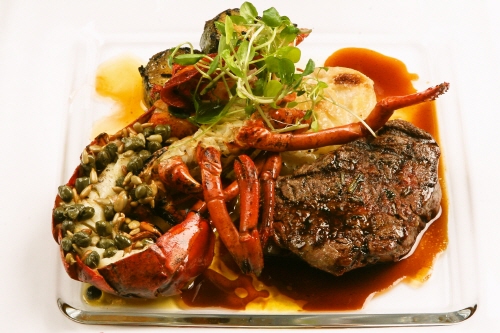
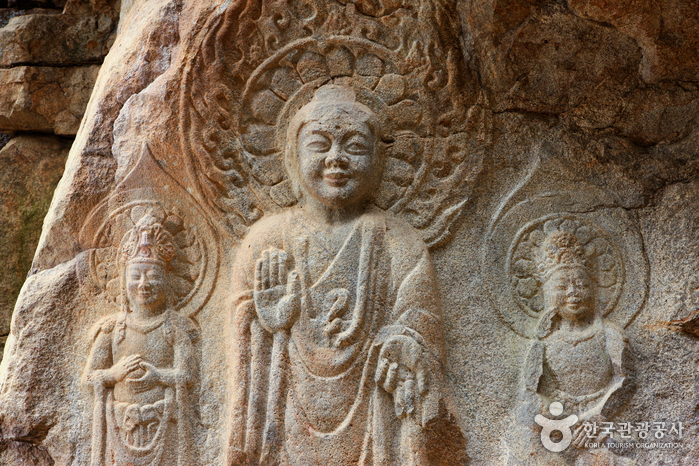
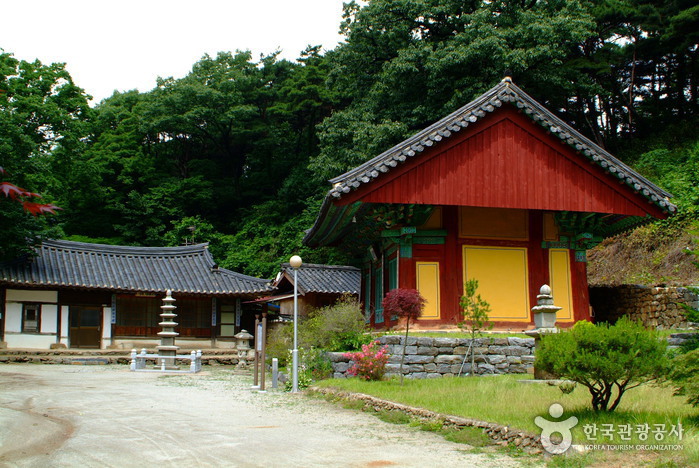
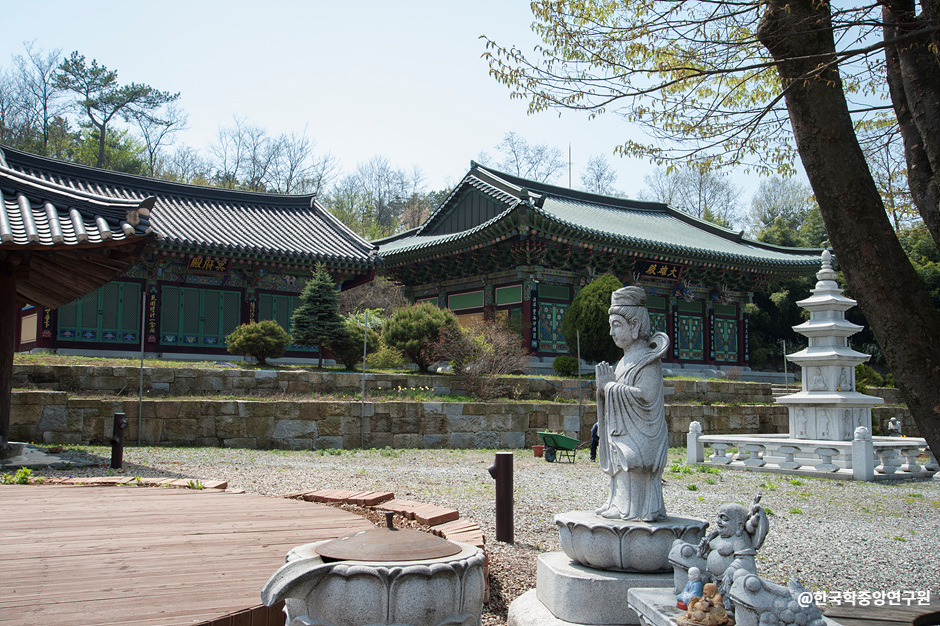
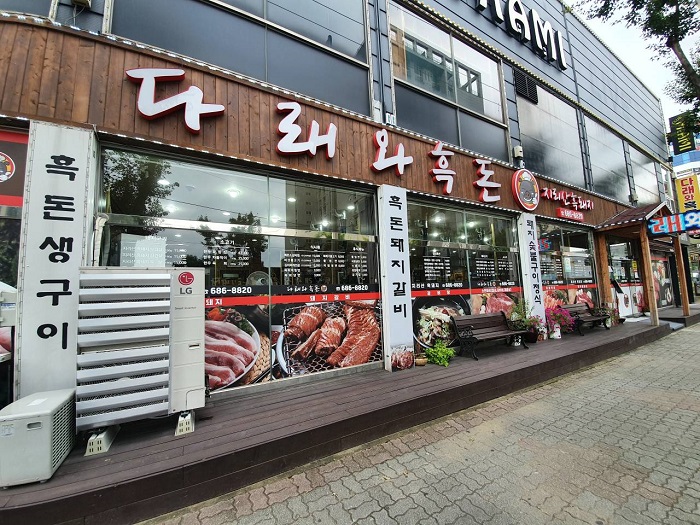
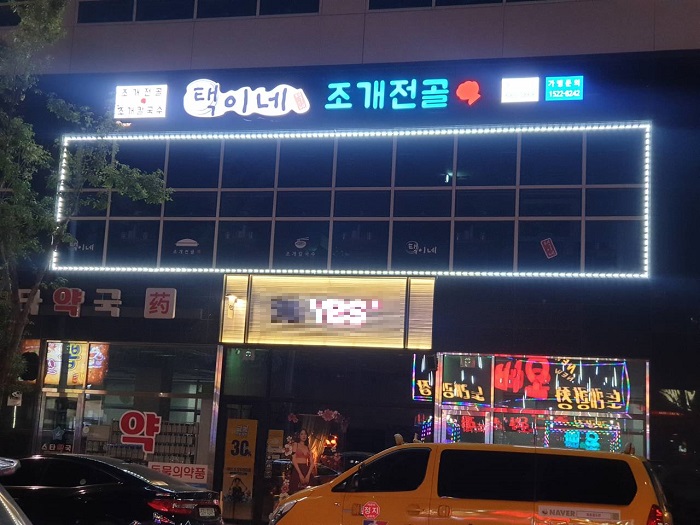
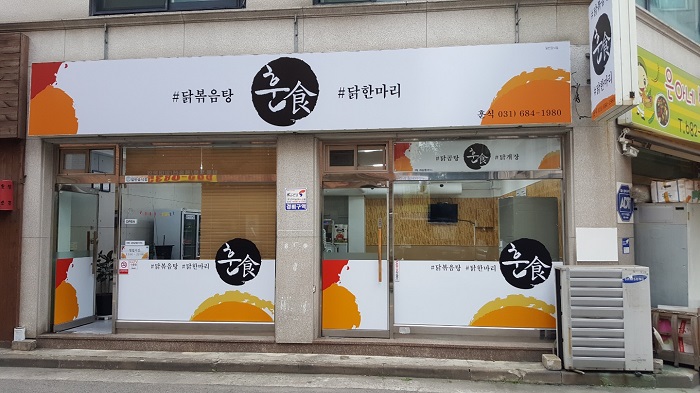
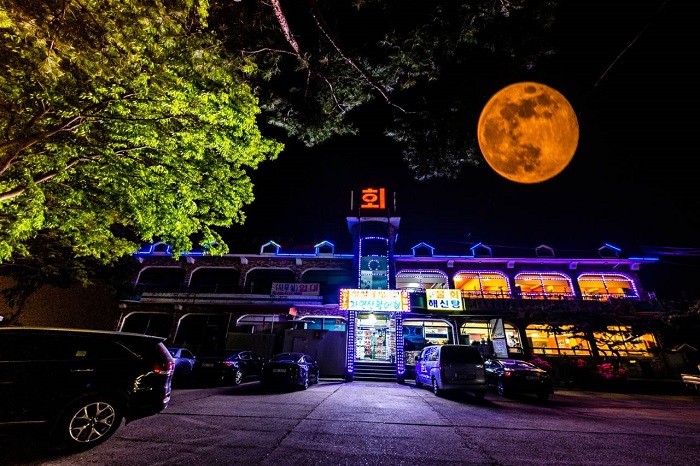
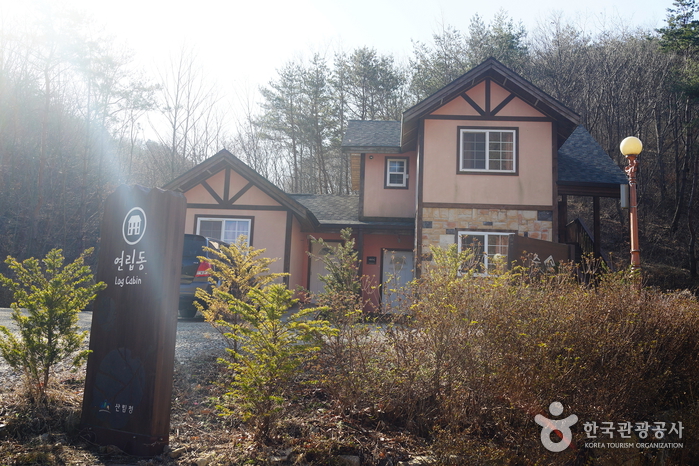

 English
English
 한국어
한국어 日本語
日本語 中文(简体)
中文(简体) Deutsch
Deutsch Français
Français Español
Español Русский
Русский